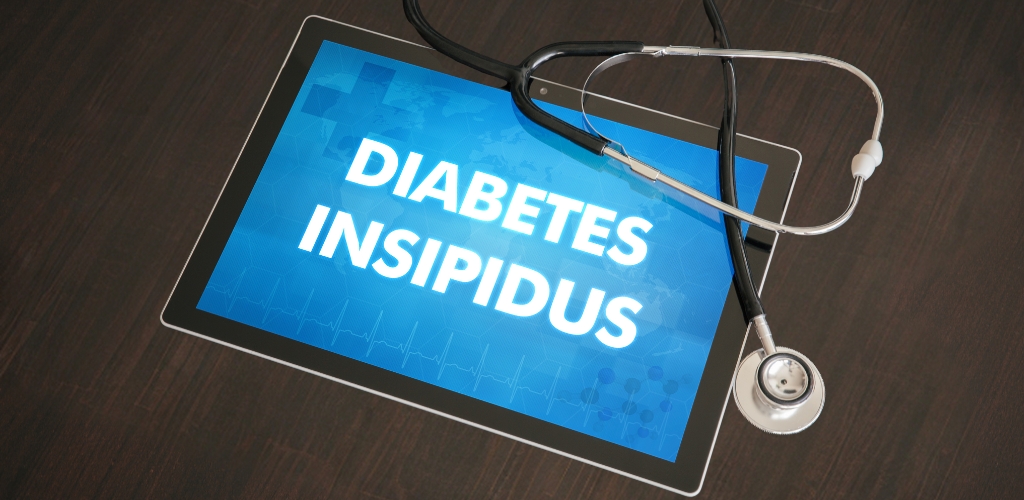Diabetes insipidus (DI) is a rare condition characterized by excessive thirst and urination. Unlike diabetes mellitus, which involves blood sugar regulation, DI is caused by insufficient production or ineffective response to antidiuretic hormone (ADH). In this blog post, we will delve into the details of DI, including its causes, symptoms, and available treatment options.
Causes of Diabetes Insipidus:
- Central DI: This form of DI occurs when the hypothalamus or pituitary gland is unable to produce or release adequate ADH. It can result from genetic mutations, head injuries, tumors, or surgical procedures in the pituitary region.
- Nephrogenic DI: Nephrogenic DI occurs when the kidneys do not respond properly to ADH. It can be caused by genetic mutations, kidney diseases, certain medications, or electrolyte imbalances.
Symptoms of Diabetes Insipidus:
- Excessive thirst: People with DI experience intense thirst, leading to the consumption of large amounts of fluids.
- Frequent urination: DI causes increased urine production, leading to more frequent urination and larger volumes of urine.
- Dehydration: If left untreated, DI can result in dehydration due to excessive fluid loss.
- Fatigue and weakness: Dehydration and electrolyte imbalances can cause fatigue and weakness in individuals with DI.
Treatment Options for Diabetes Insipidus:
- Desmopressin: The primary treatment for DI involves replacing the deficient ADH in the form of a synthetic hormone called desmopressin. It can be administered as a nasal spray, injection, or tablet.
- Thiazide diuretics: In nephrogenic DI, thiazide diuretics may be prescribed to decrease urine production and increase water reabsorption in the kidneys.
- Managing fluid intake: Proper hydration is essential for individuals with DI. Working closely with a healthcare professional to develop a fluid intake plan can help maintain fluid balance and prevent complications.
- Treating the underlying cause: If DI is secondary to another condition, addressing the underlying cause may improve or alleviate the symptoms of DI.
Conclusion:
Diabetes insipidus is a rare condition that affects the body’s ability to regulate fluid balance. It can lead to excessive thirst, frequent urination, and potential dehydration if not properly managed. With the appropriate diagnosis and treatment, individuals with DI can live a full and healthy life. If you or someone you know experiences symptoms of DI, it is essential to consult a healthcare professional for accurate diagnosis and guidance on appropriate treatment options.




